AO Edited
Rattlesnake Canyon Arches
This remote Colorado canyon is home to the second-largest collection of natural arches in the world.
Many people are familiar with Arches National Park, a wonderland of stone structures in the Utah desert that includes one of the longest natural arches in the world. But the park is often filled with visitors hoping to take in these natural wonders. What if there were a place where you can see these magnificent rock formations, carved from the sand over millions of years, but in a place where you just might be the only other adventurer around? Meet Colorado’s Rattlesnake Canyon.
Rattlesnake Canyon is part of the 123,400-acre McInnis Canyons National Conservation Area. Only accessible by a rugged drive or a 15-mile roundtrip hike, the canyon contains 35 natural arches, making it the second-largest collection of natural arches in the world, after Arches National Park. If you’re willing to take on the trek, you’ll be rewarded with some of the state’s most beautiful and remote landscapes. The largest of the arches, Cedar Tree Arch, spans 76 feet with a vertical opening of 43 feet. And while the arches are a spectacular view, they aren’t the only natural wonders vying for your attention.
There’s the Morrison Formation, a sequence of Jurassic rocks that were a rich source of fossils. There’s Wingate Sandstone, which forms swirling patterns along the canyon floor. And of course, there’s wildlife. Be on the lookout for deer, bighorn sheep, mountain lions, and over 20 species of birds. Breathe in and enjoy the silence.
Know Before You Go
Recommend a short wheelbase, high clearance 4x4 vehicle for the last several miles. Standard SUVs and longer wheelbase will have to stop and hike the rest of the way in. Also, there are several parking lots throughout McInnis and definitely at every signed area of interest.
Rattlesnake Canyon is a dog-friendly hike, though you need to carry a leash with you.




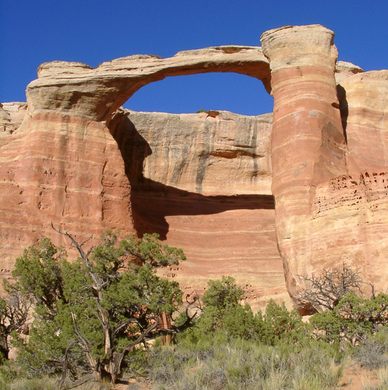

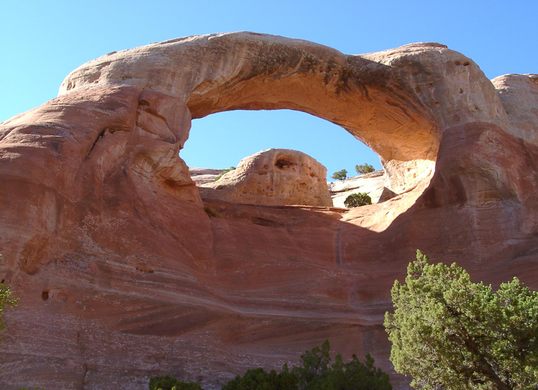
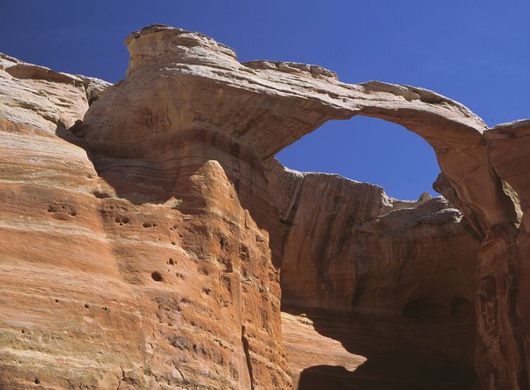
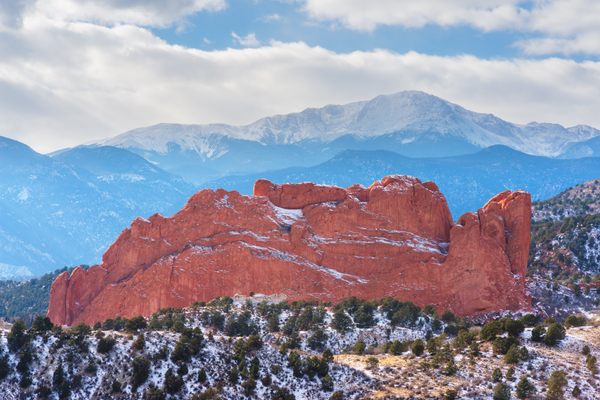
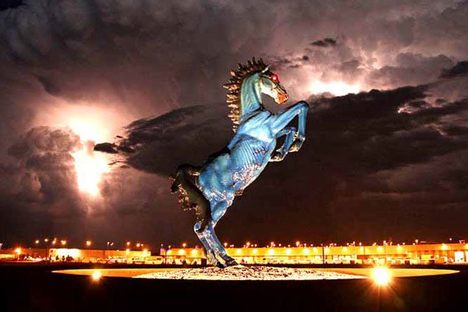


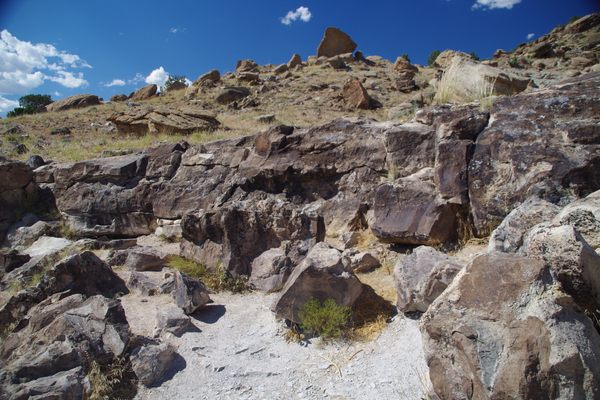

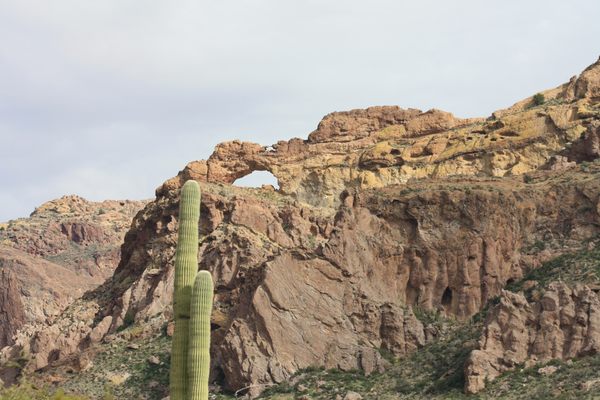
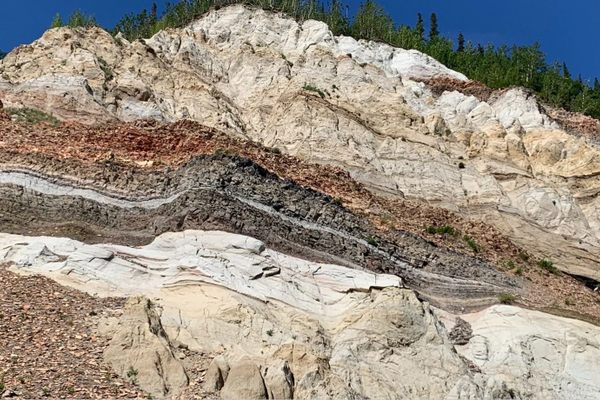







Follow us on Twitter to get the latest on the world's hidden wonders.
Like us on Facebook to get the latest on the world's hidden wonders.
Follow us on Twitter Like us on Facebook